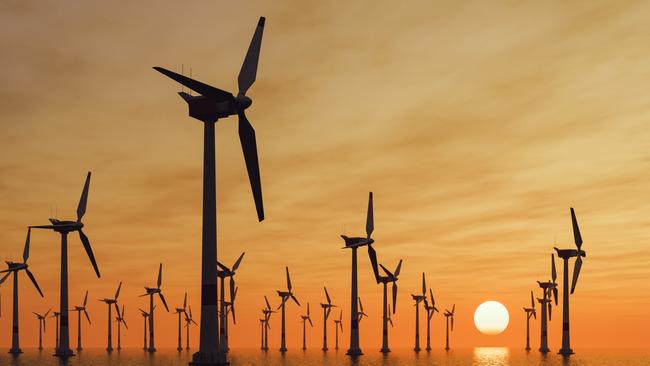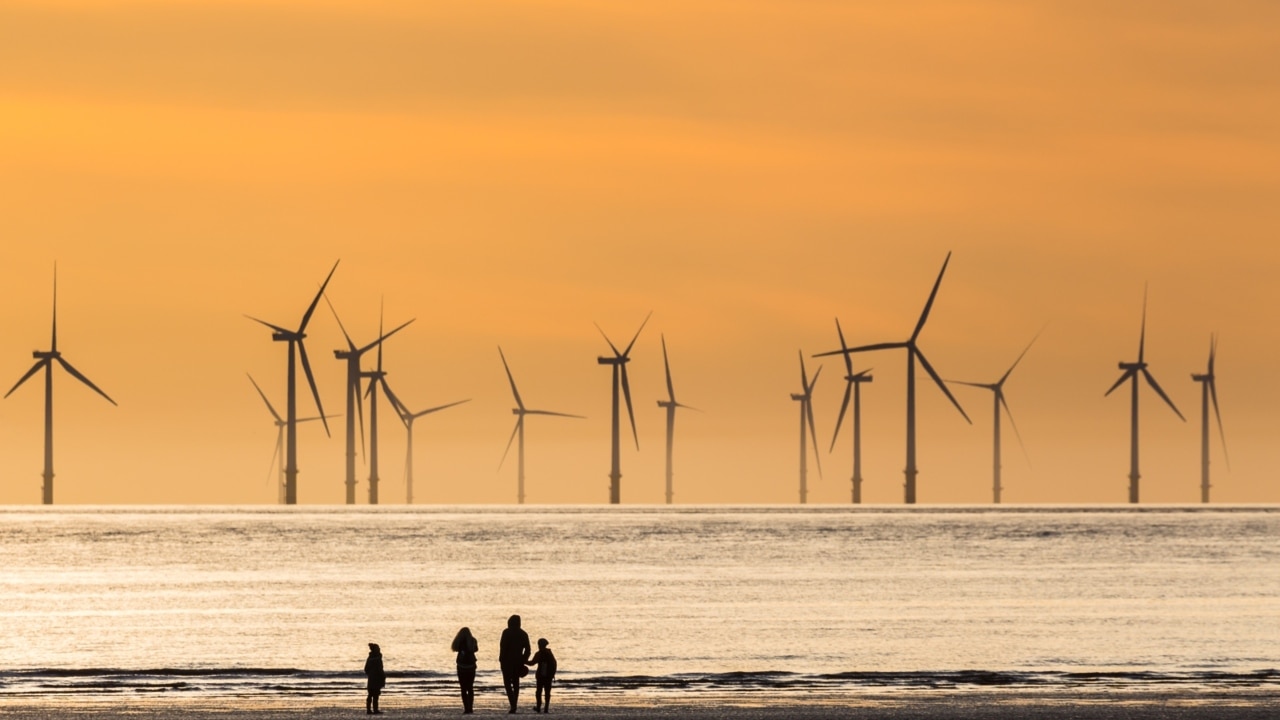Offshore wind developers fear headwinds from Victorian government upheaval
Offshore wind developers fear upheaval in Victoria’s government could delay much-needed clarity over plans to cultivate a sector critical to easing the state’s dependency on coal.

Offshore wind developers fear a change in Victorian premier and likely cabinet reshuffle could delay much-needed clarity over plans to cultivate an industry earmarked to play a critical role in easing the state’s dependency on coal.
Victoria has placed offshore wind at the heart of its plan to transition to renewable energy, and is due to reveal within months the details over how much developers will be paid to generate electricity.
But the resignation of Daniel Andrews and uncertainty about who will replace him as premier has stoked concern about the schedule and terms that could be offered.
“There won’t be a change of course but we need clarity about the contract for difference model, and if Victoria is to meet its timetable there can be no delays,” one industry source said.
The state government last year set a target of generating the equivalent of about 20 per cent of its energy needs from offshore wind within a decade. The target climbs to 4GW by 2035 and 9GW by 2040 – well in excess of Victoria’s own energy needs. Excess electricity generated could be stored or sent across the wider National Electricity Market, positioning Victoria as a major renewable energy powerhouse.
But Victoria can ill-afford to get the details wrong. It intends to use the same contract for difference model used in the UK, in which the government guarantees developers an inflation-linked fixed price for 15 years.
The UK earlier this month confirmed that no companies had submitted bids to develop the country’s next offshore wind projects after a spike in manufacturing costs left the offer from London uneconomical.

The lack of interest has stoked warnings that the UK’s aim of reaching 50GW of offshore wind by 2030 could be in jeopardy.
Victoria will need to offer sufficiently lucrative terms to would-be developers – but Australia’s second most populous state faces a precarious financial situation. Victoria has the highest public sector debt-to-revenue ratio of the states, at 23 per cent of gross state product, and the worst credit rating.
S&P Global Ratings downgraded the state by two notches during the pandemic lockdown, which heightens the borrowing costs and inhibits the state’s purse strings.
Industry believes Victoria will have to offer lucrative terms as it grapples with a rapid transition.
Victoria is one of Australia’s most coal dependent states. The Australian Energy Market Operator expects 60 per cent of the country’s coal power stations to close in the next decade, and offshore wind is seen as the only type of generation with the scale to be able to replace the loss of the traditional source of electricity.
Developers have warned Australia must move quickly to develop offshore wind as a plethora of other countries place the zero emission energy source at the heart of their transition plans.
Officials are trying to work through applications for a prized feasibility licence. More than three dozen applications have been lodged with the National Offshore Petroleum Titles Administrator for a feasibility licence to develop in Gippsland.
Only a handful of licences are expected to be issued. The industry had hoped the first licence – likely to Star of the South, Australia’s most advanced project – would be issued in the coming weeks, but sources said the government has yet to indicate when it will announce the winners.
With global heavyweights and locals all vying for a licence, competition is intense. The National Offshore Petroleum Titles Administrator last year offered guidance to prospective bidders by providing a merit criteria, which included evidence of experience of developing offshore wind projects and large capital reserves.





To join the conversation, please log in. Don't have an account? Register
Join the conversation, you are commenting as Logout